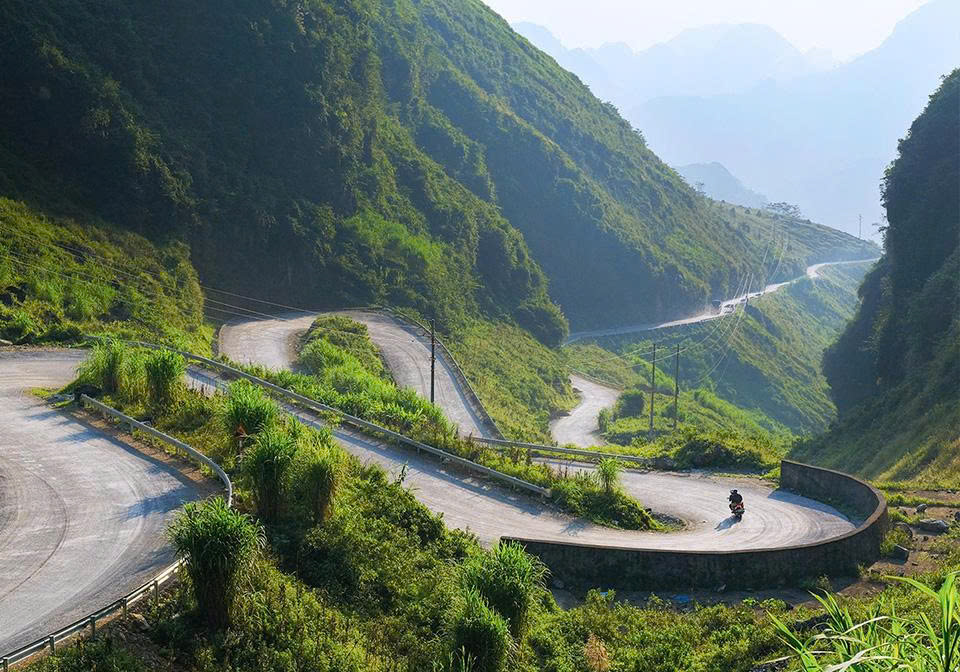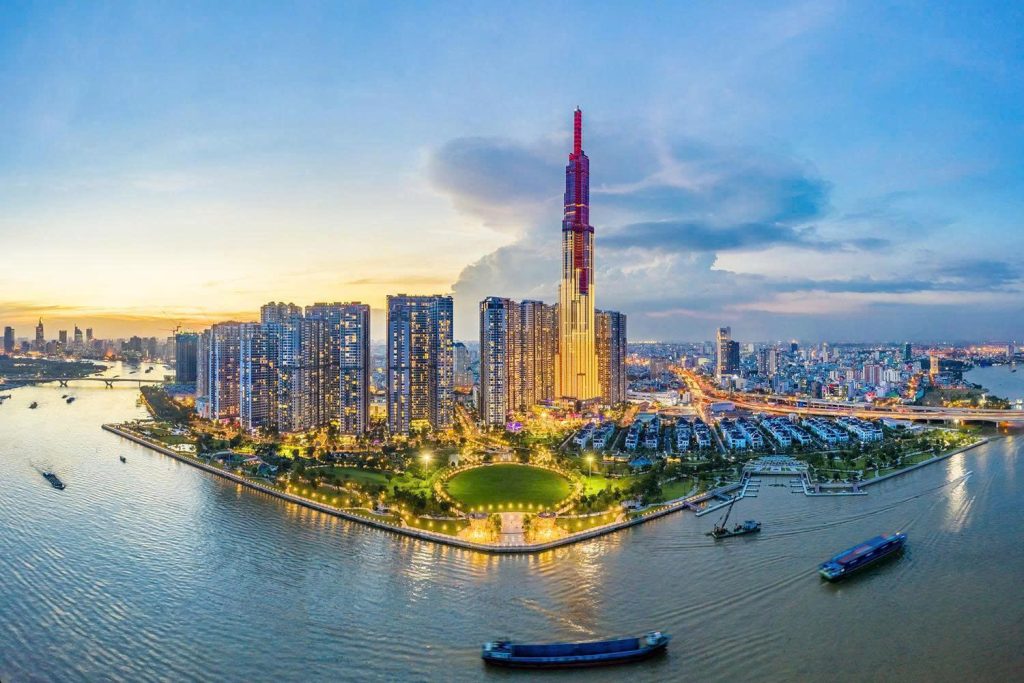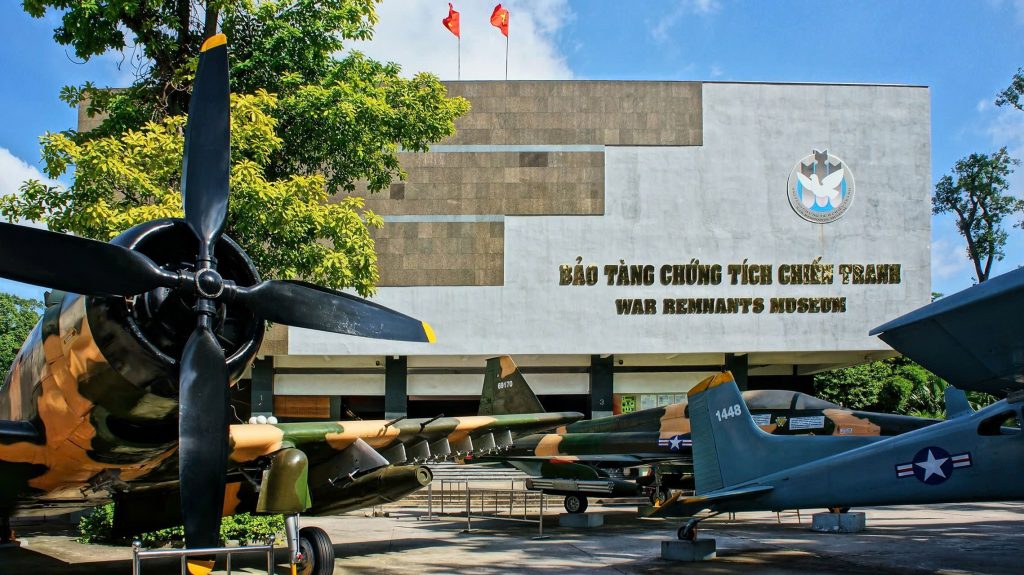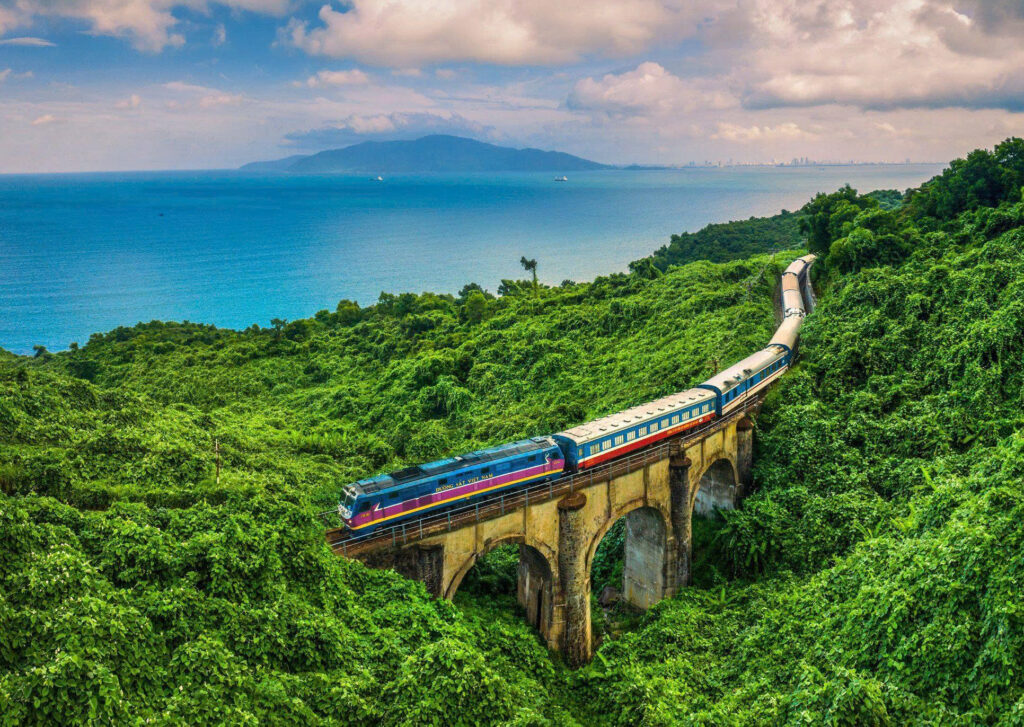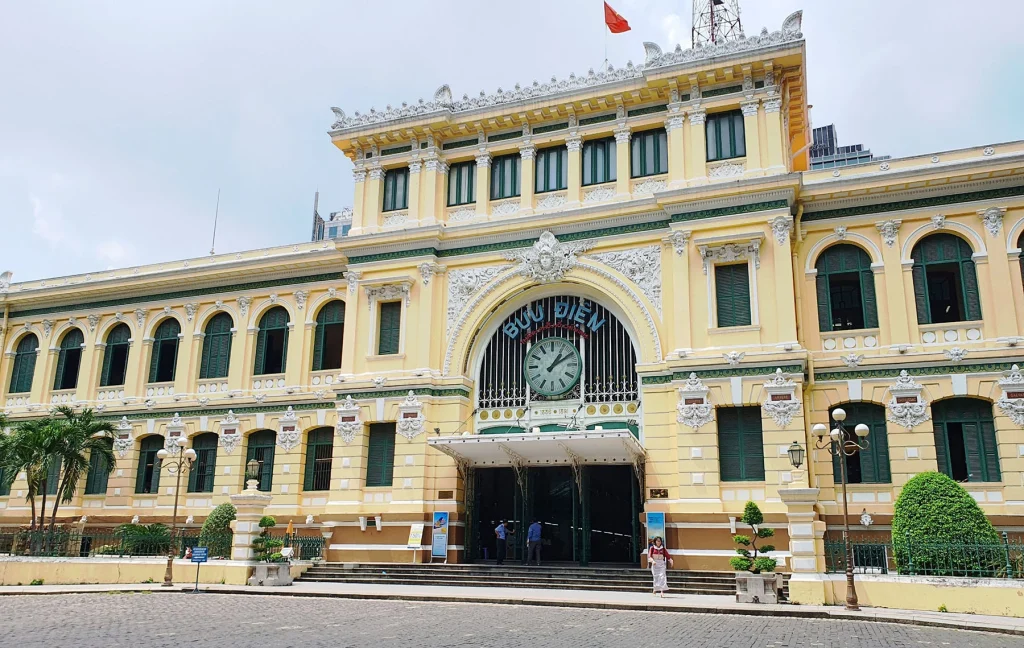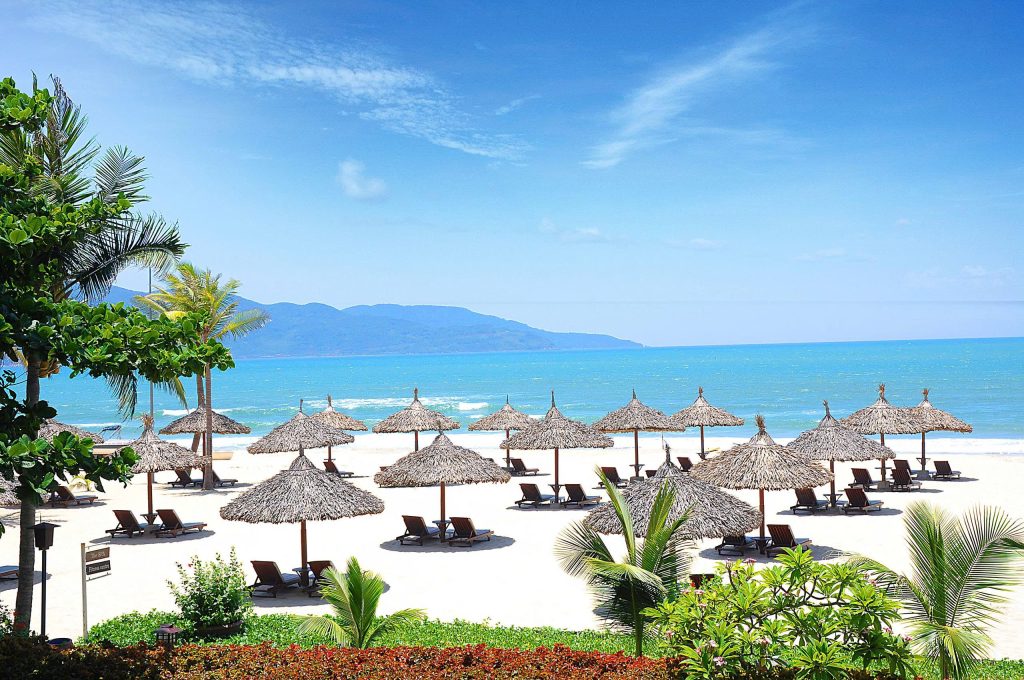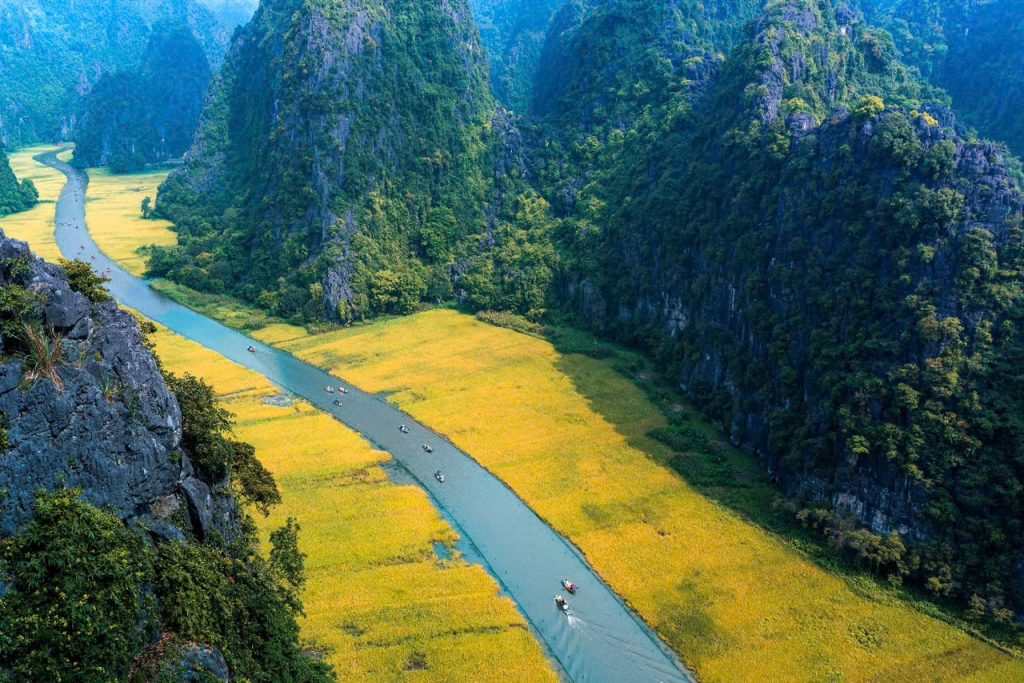Dreaming of exploring Vietnam’s breathtaking landscapes, vibrant cities, and rich culture on two wheels? A motorbike tour through Vietnam is an unparalleled adventure, offering freedom and immersion you won’t find elsewhere. However, to ensure your journey is as safe as it is unforgettable, thorough preparation and an understanding of local conditions are paramount.
This guide provides comprehensive safety tips for your motorbike tour in Vietnam, covering everything from essential gear to navigating the unique traffic, adhering to local laws, and handling unexpected situations.
Understanding the Unique Landscape of Motorbiking in Vietnam
Before diving into specific tips, it’s crucial to acknowledge that riding a motorbike in Vietnam is different from many Western countries. The sheer volume of motorbikes, often fluid traffic rules, and diverse road conditions (from bustling city streets to winding mountain passes) demand a unique approach to safety. Don’t just ride; strive to be a smart and defensive motorcyclist.
1. Pre-Tour Preparation: The Foundation of a Safe Journey
The safety of your motorbike tour begins long before you hit the road. Meticulous planning and preparation are key.
Choose the Right Bike:
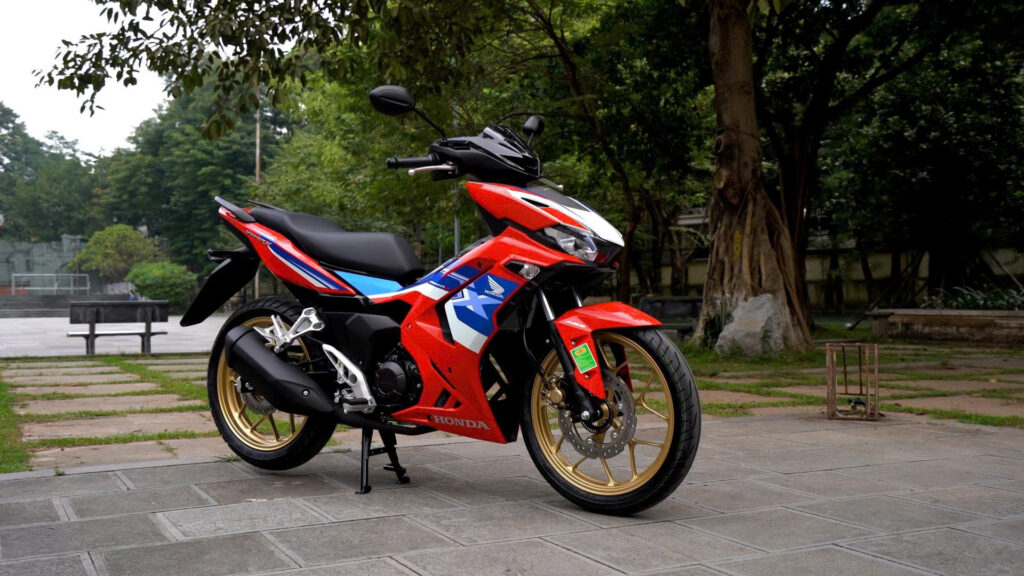
- Scooters (e.g., Honda Airblade, Yamaha Nouvo): Ideal for city commuting, flat roads, and short distances. User-friendly for beginners.
- Semi-automatic (e.g., Honda Wave, Future): A good balance for mixed terrain, more robust than scooters, and still relatively easy to handle. Popular for rural exploration.
- Manual (e.g., Honda Winner, Honda XR, Suzuki Raider): Recommended for experienced riders tackling mountainous or off-road terrains (e.g., Ha Giang Loop).
- Rental Check: Always rent from reputable companies (Rental Company – e.g., Motorbike Tour Expert, Motorvina, RentabikeVN). Thoroughly inspect the bike before accepting it: check brakes, tires (tread and pressure), lights, horn, chain, and engine. Test ride it in a safe area.
Essential Gear:
- Helmet (Mandatory): A high-quality, full-face helmet that meets international safety standards (e.g., DOT, ECE) is non-negotiable. Ensure it fits snugly and has a clear visor.
- Protective Clothing: Long pants (denim or specific riding pants), a sturdy jacket (with armor if possible), full-fingered gloves, and closed-toe shoes (preferably boots) are vital to protect against road rash and abrasions. Avoid shorts, t-shirts, and sandals.
- Rain Gear: A lightweight, waterproof jacket and pants are essential, as tropical downpours can be sudden and heavy.
- First-Aid Kit: A compact kit with essentials for minor injuries (bandages, antiseptic wipes, pain relievers).
- Navigation Tools: Offline maps (e.g., Google Maps, Maps.me), a power bank, and a phone holder are crucial. Consider carrying a paper map as a reliable alternative.
Documents & Insurance:
- Valid Driving License: An International Driving Permit (IDP) is increasingly recognized in Vietnam (since 2014, if your home country signed the 1968 Vienna Convention). However, its validity for motorbikes often depends on whether your home license specifies a motorbike endorsement. Many foreign licenses (e.g., from the US, UK, Australia, Canada, which signed the 1949 Geneva Convention) are not technically valid. While many ride illegally, understand the risks: no valid license often voids travel insurance in case of an accident. Consider obtaining a Vietnamese license if staying long-term.
- Vehicle Registration (Blue Card): Always carry the motorbike’s registration papers (the “blue card”). If renting, ensure the rental company provides a copy.
- Travel Insurance: Purchase comprehensive travel insurance that explicitly covers motorbike riding, including medical evacuation. Read the fine print carefully, as some policies have exclusions for certain activities or if you’re riding without a valid local license.
2. Navigating Vietnamese Traffic: Rules, Etiquette & Defensive Riding

Vietnamese traffic can seem chaotic, but there’s an underlying flow. Understanding it is key to safe riding.
“No Rule” is a Myth: Follow the Rules! While locals sometimes appear to ignore rules, traffic laws do exist and are enforced (especially for foreigners).
- Drive on the Right: Always keep to the right side of the road.
- Speed Limits: Generally 40 km/h in urban areas and 60-80 km/h on highways/rural roads. Be aware of signs. Police often use radar guns.
- Helmets are Mandatory: Always wear your helmet, even for short distances.
- No Drinking & Driving: Zero tolerance for alcohol.
- No Cell Phones: Avoid using your phone while riding.
Understanding the “Flow”:
- The Horn is a Warning, Not Anger: Locals use horns to announce their presence, especially when passing or approaching blind corners. Don’t take it personally; it’s a safety signal.
- Predictable Unpredictability: Expect the unexpected. Vehicles (including cars, trucks, buses, and other motorbikes) may turn without signaling, pull out suddenly, or drive on the wrong side of the road to overtake.
- Maintain Distance: Keep a safe following distance. In congested areas, this might be difficult, but always leave room to react.
- “Go with the Flow”: In heavy traffic, try to move smoothly with the general speed of other vehicles. Erratic movements can be dangerous.
- Crossing Intersections: Slow down, be highly alert, and make eye contact with other drivers if possible. Don’t assume you have the right of way.
- Pedestrians & Animals: Be aware of pedestrians, cyclists, and animals (dogs, chickens, cows) that may appear on the road unexpectedly, especially in rural areas.
3. On the Road: Practical Safety Measures

Beyond rules, practical habits ensure your day-to-day safety.
- Regular Checks: Before each ride, do a quick check: tires, brakes, lights, and horn.
- Fuel Up: Don’t let your fuel tank get too low, especially in remote areas where gas stations might be sparse.
- Road Conditions: Vietnamese roads vary greatly. Be vigilant for potholes, gravel, sand, mud, and debris. Slow down significantly on unpaved or poorly maintained sections.
- Weather Awareness: Tropical weather can change rapidly. Rain makes roads slippery and reduces visibility. Fog is common in mountainous regions. Adjust your speed and riding style accordingly. Pull over if conditions become too dangerous.
- Group Riding Etiquette: If riding in a group, maintain safe distances, communicate clearly (hand signals or comms systems), and have a designated lead and sweep rider.
- Avoid Night Riding: Whenever possible, avoid riding at night, especially in rural areas. Visibility is poor, road hazards are harder to spot, and local drivers may not use proper lighting.
- Stay Hydrated & Rested: Motorbiking is physically demanding. Drink plenty of water and take regular breaks to rest and stretch.
RELATED: Vietnam Travel Guide for First Timers
4. Handling Emergencies & Unforeseen Circumstances

No matter how well you prepare, you might still encounter surprises.
Breakdowns:
- Pull over safely.
- Locate the nearest xe ôm (motorbike taxi driver) or a local mechanic. Vietnamese mechanics are resourceful and can often fix problems on the spot.
- If renting, contact your rental company’s 24/7 support line immediately.
Accidents:
- Prioritize Safety: Move yourself and the bike to a safe location if possible.
- Assess Injuries: Check yourself and anyone else involved for injuries. Administer basic first aid if trained.
- Call for Help: Dial 113 for Police, 115 for Ambulance. If you don’t speak Vietnamese, ask a local to help.
- Document Everything: Take photos of the scene, damage, and any involved parties. Get contact information.
- Contact Insurance/Tour Company: Inform your travel insurance provider and/or tour company as soon as possible.
- Avoid Confrontation: Traffic incidents can sometimes attract crowds. Remain calm and avoid aggressive confrontations.
Theft/Scams:
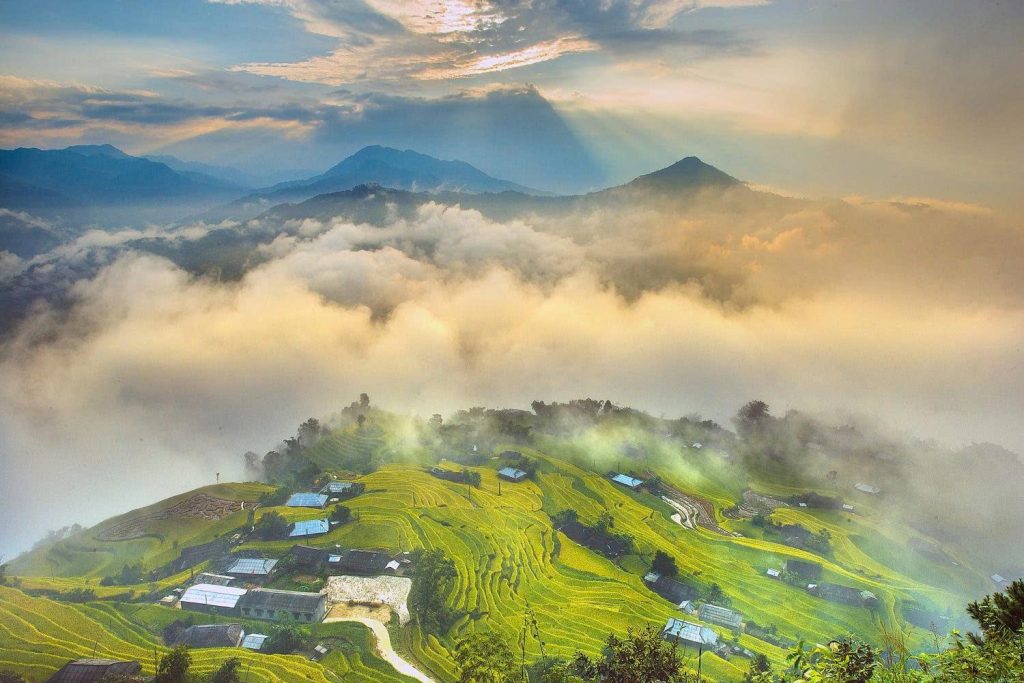
- Secure Your Belongings: Use a quality lock for your bike. Don’t leave valuables unattended.
- Be Wary of “Helpers”: While most locals are genuinely helpful, be cautious of overly persistent “helpers” or those offering suspiciously cheap repairs/fuel.
- Don’t Flash Valuables: Keep expensive items out of sight.
5. Local Insights: Respecting Culture & Seeking Guidance
- “Easy Rider” Tours: If you’re hesitant about self-driving, consider an “Easy Rider” tour. These involve a local, experienced rider who drives you, allowing you to enjoy the scenery without the stress of navigating traffic. This is a popular and very safe option.
- Learn Basic Phrases: Knowing a few Vietnamese phrases (e.g., “xin chào” – hello, “cảm ơn” – thank you, “giúp tôi” – help me) can go a long way in navigating situations and showing respect.
- Observe Locals: Pay attention to how locals navigate traffic and interact on the road. There’s a certain “art” to it that you can pick up by observation.
RELATED: Things to do in Ha Giang: Vietnam’s Northern Frontier
A motorbike tour in Vietnam promises an unparalleled experience, allowing you to connect deeply with the country’s heart and soul. By prioritizing safety, understanding local nuances, and preparing thoroughly, you can transform a potentially risky endeavor into the adventure of a lifetime. Ride smart, stay alert, and embrace the journey responsibly. Safe travels!

